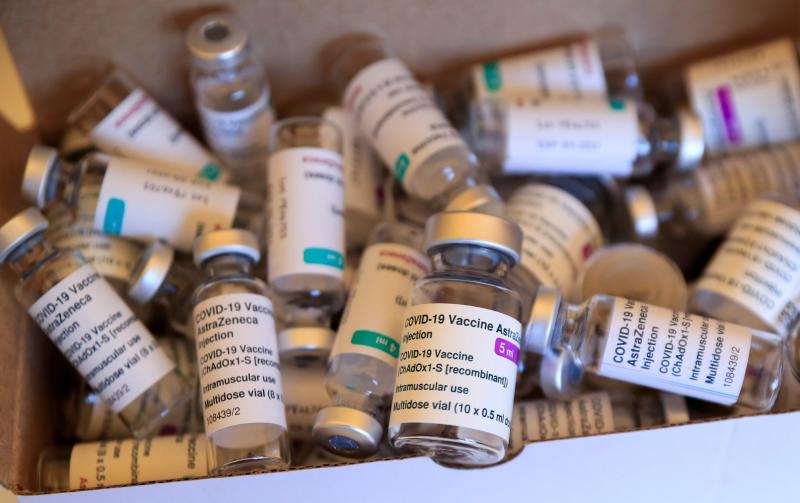×
The Standard e-Paper
Join Thousands Daily

Used vials of the coronavirus disease (COVID-19) vaccine [Reuters, Thomas Mukoya]
At the advent of the Covid-19 pandemic, experts argued that less life would be lost once herd immunity was achieved. If that was going to be a protracted process via natural exposure, vaccination would accelerate the attainment of herd immunity.